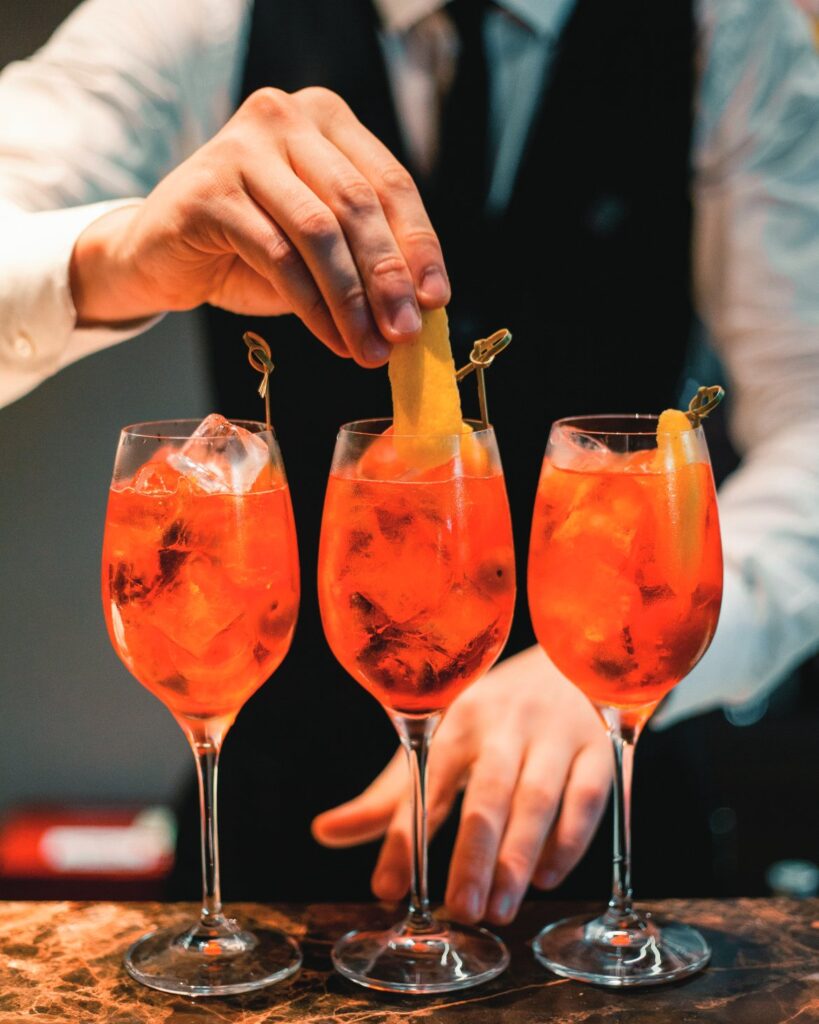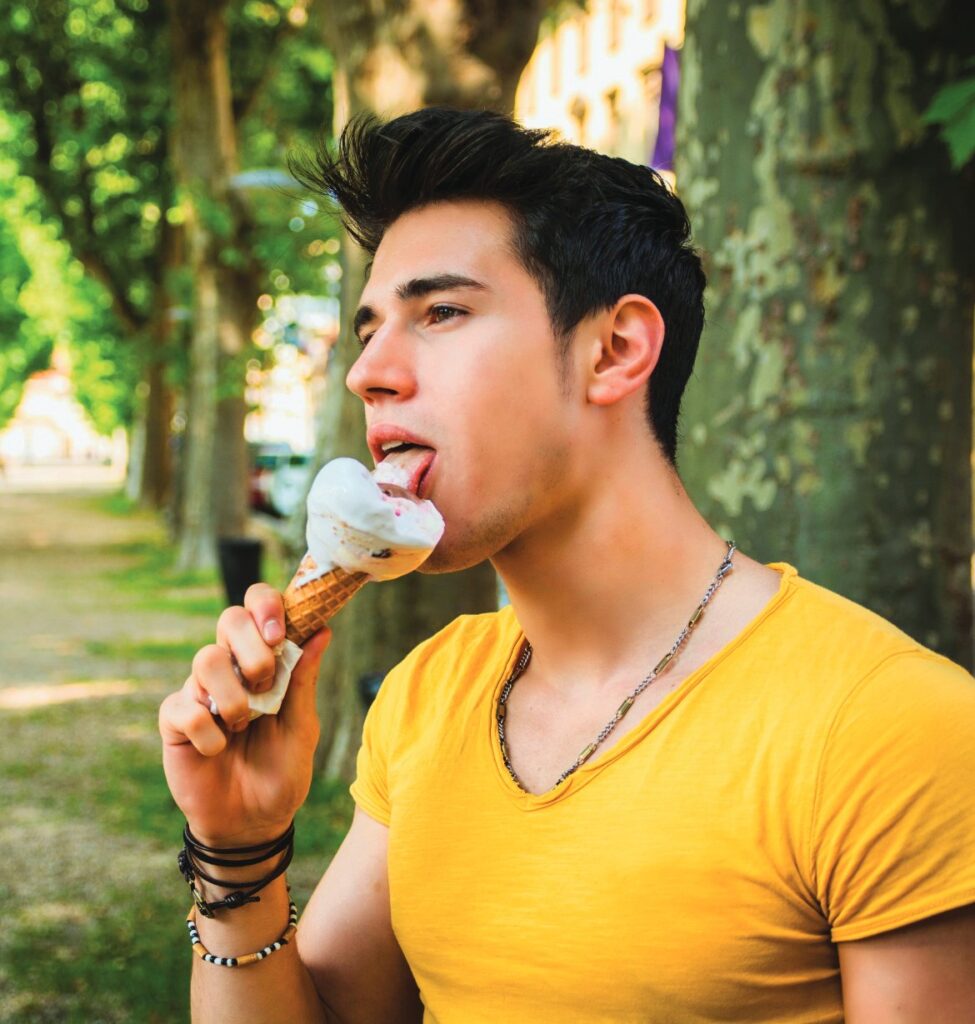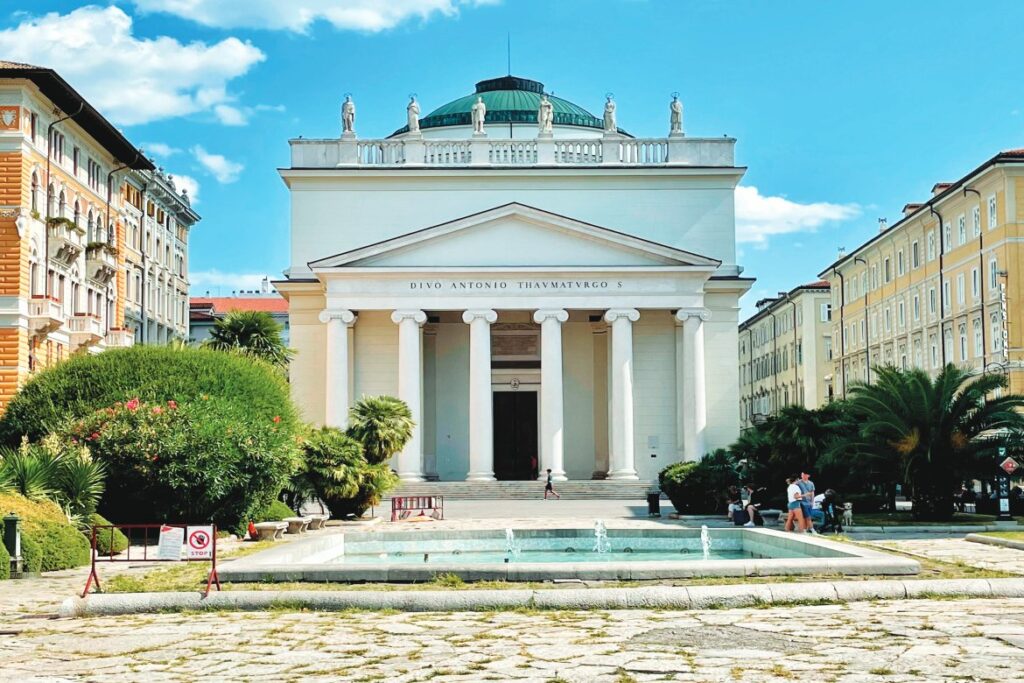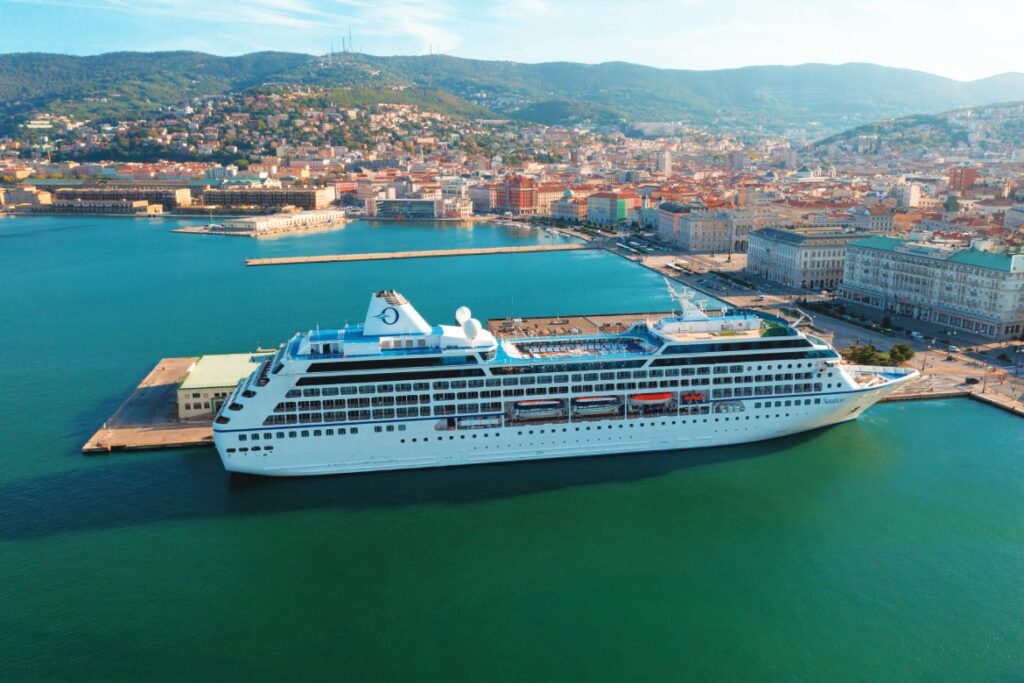Last August my partner and I attended the Venice Biennale for four days, and we wanted to visit another city in Italy to round off the week, possibly somewhere off the beaten path.
Since Venice was crammed with tourists, we didn’t want to go to the obvious choices such as Rome or Florence, which would be equally as crowded. In the last few years, Trieste has popped up on my travel radar as a cool, medium-sized Italian city with great history, beautiful architecture, northern Italy cuisine, and superior coffee.
The voyage to Trieste was a pleasant, two-hour train ride from the Santa Lucia station in Venice, leaving us within walking distance of our hotel. As we started taking in the city, we passed several, large cruise ships, and we learned that Trieste, the fourth largest city in the region, was the main shipping port of the Austrian Hungary Empire from 1382 until 1918, under the reign of the powerful Hapsburg family. Geographically, Trieste is in the northeast corner of Italy on the Adriatic Sea, just 60 miles from Slovenia, and a 90-minute ferry ride will take you to the Istria peninsula in Croatia.
We checked into the Savoia Excelsior Palace (Riva del Mandracchio, 4. collezione.starhotels.com) which opened in 1911 and was the most luxurious hotel in the Austro-Hungarian Empire. We loved the old-world style of the lobby, but appreciated modern amenities in our room, such as speedy Wi-Fi, a Nespresso machine, a king-size mattress, and a sprawling, white marble bathroom. Our junior suite on the fourth floor overlooked the Gulf of Trieste where the ships dock.

Bartender Preparing Aperol Spritzes in Trieste (Photo by Marcomerry)
It was late afternoon, so we took a stroll in the immediate area near the hotel, which we later realized was super central and within walking distance of almost all the attractions. We were captivated by the overlapping architectural styles of neo-classical, Baroque, and Liberty (the Italian equivalent of Art Nouveau from the late 19th century), and at every turn we emitted a quiet gasp.


Enjoying a Gelato in Trieste (Photo by ArtOfPhotos)
Piazza dell’Unità d’Italia (discover-trieste.it) is a gigantic, gorgeous square facing the port, and exemplifies the outstanding architecture of the city with four imposing structures: the Palazzo del Governo, a government administrative building; the former palazzo of Lloyd Triestino, a leading shipping company founded in 1836; Palazzo del Municipio (City Hall); and the Teatro Verdi, an opera house name after the famed composer.
We stumbled upon Harry’s Bar (Via Giosuè Carducci, 2. harrysbartrieste.it), the Trieste version of the one in Venice, which is part of the five-star Grand Hotel Duchi D’Acosta (Piazza Unità d’Italia, 2/1. duchidaosta.com/it), and we sipped on Aperol spritzes, served in balloon goblets during cocktail hour, while people-watching on the veranda.
That evening we dined on a delightful terrace at Cio Che Piace (Via Armando Diaz, 22. cio-che-piace.eatbu.com), just steps away from the port. We feasted on a bevy of seafood dishes including the house specialty, a whole Branzino fish, and the Gulf of Trieste frito misto of shrimp, sardines, and calamari. Purposely skipping dessert, we headed to Gelato Marco (Via Malcanton 16a. gelatomarco.com), known for the best gelato in Trieste. The formidable queue, mostly made up of locals, moved pretty quickly, and in less than 10 minutes we were devouring double scoops of pistachio and espresso, agreeing with the hype that it was the best.


Miramare Castle (Photo by Leoks
The next morning, we walked back to the train station to catch the G-51 bus to visit the Miramare Castle (discover-trieste.it) and gardens, a magnificent, royal enclave just 25-minutes from the city. We had to hike up a steep hill to get to the castle (it helped burn the calories from our culinary extravaganza from the night before), and when we reached the top we were greeted with an English-style garden lined with winding paths, trees, gazebos, and ponds. It was followed by a formal Italian garden surrounded by impeccably manicured box hedges with colorful flower beds in the middle and water fountains and ponds.
Built between 1856 and 1860, the limestone castle was commissioned by Austrian Archduke Arche Maximilian of the royal Hapsburg family and his wife, Charlotte of Belgium, and used as their summer residence. The limestone behemoth has a myriad of architectural styles ranging from medieval to Gothic to Renaissance. On the main floor, are the original, private apartments designed for the duke and duchess. The meeting and entertainment rooms on the upper floors have most of the original furniture, paintings, sculptures, and tapestries.
After the castle visit, we went down a series of stone stairways lined with a pattern of terracotta diamonds to admire the breathtaking vistas of the Aegean Sea.
Returning to the city in the early afternoon, we discovered a miniantique and design area near our hotel, dotted with vintage bookshops, clothing, and accessory boutiques. At Blu di Prussia (Via Luigi Cadorna, 10. facebook.com/susanacoronica), Robert and Susanna, two master craftsmen, have created a cabinet of curiosities with one-of-a-kind art pieces, furniture, sculptures, and decorative objects, melding new and old together. We went cuckoo at Cucu (Via di Torre Bianca, 13/B. cucu-trieste.it), the most adorable children’s shop stuffed to the gills with puzzles, toys, games, pajamas, clothing, stuffed animals, illustrated books, mobiles, and jewelry.


Church of Sant Antonio Taumaturgo (Photo by Peter Gerhard Probst)
The voyage to Trieste was a pleasant, two-hour train ride from the Santa Lucia station in Venice, leaving us within walking distance of our hotel.
A cultural must in any Italian city is visiting churches. The Church of Sant’Antonio Taumaturgo (santantonionuovo.com) is a neo-classical gem built between 1825 and 1842. The striking exterior has a set of towering ionic columns plus statues of six of the most important saints. An unusual church, since Italy is a Catholic country, is the San Spiridione (Via Genova, 12. comunitaserba.org), a Serbian Orthodox church. There was a large Serbian Orthodox population residing in Trieste in the late 1700s and early 1800s and the church was built in 1748 to support the community. Designed in the Eastern Byzantine style, the extravagant architectural details include ornate, stained-glass windows, gold-tiled mosaics, religious paintings, hand-painted frescoes, and blue stone domes.
That evening after dinner, we meandered over to another significant site in Trieste, Canal Grande (discover-trieste.it), a stone’s throw from Piazza dell’Unità d’Italia. Constructed in 1756, it was an essential harbor for commercial ships and sailboats at the time. It was also an inspiration for writer James Joyce, who lived in Trieste between 1904 and 1915. We were also inspired by the canal, drinking flutes of prosecco while watching the reflection of the city lights on the water. Canal Grande is also known for its festive Christmas market in December.


Cruise Ship at the Trieste Seaport (Photo by Wirestock Creators)
Seeing that Trieste is the coffee capital of Italy, and the main headquarters for the popular Illy coffee, we consumed enough macchiatos to keep us awake for a month! Our favorite café was the storied Caffé San Marco (Via Cesare Battisti, 18/A. caffesanmarco.com), an Art Nouveau standout that opened in 1914 and was where James Joyce and other writers and artists of the time gathered. We had a delicious Italian version of iced coffee, a shakerato. We curiously watched the waiter fill a steel glass with coffee and ice, covering it with another steel glass, then shaking it vigorously for a few minutes, then finally pouring it into an elegant martini glass; the finishing touch was a few mini biscotti. Caffé San Marco was recently renovated and now also has a bookshop that exhibits works by local artists.


Sweet Treats at Pasticceria La Bomboniera (Photo by Daniela Pelazza)
If you have a sweet tooth, you will be in heaven at Pasticceria La Bomboniera (Via Trenta Ottobre, 3. instagram.com /pasticceria_la_ bomboniera) a pastry and chocolate shop dating back to 1836. We marveled at the vast array of Austrian and Italian bon bons, chocolates, meringues, tarts, pastries, cakes, and biscotti, and ended up buying an assortment to take home. Although three full days were enough to enjoy Trieste, we would have loved to stay longer, living la dolce vita.


